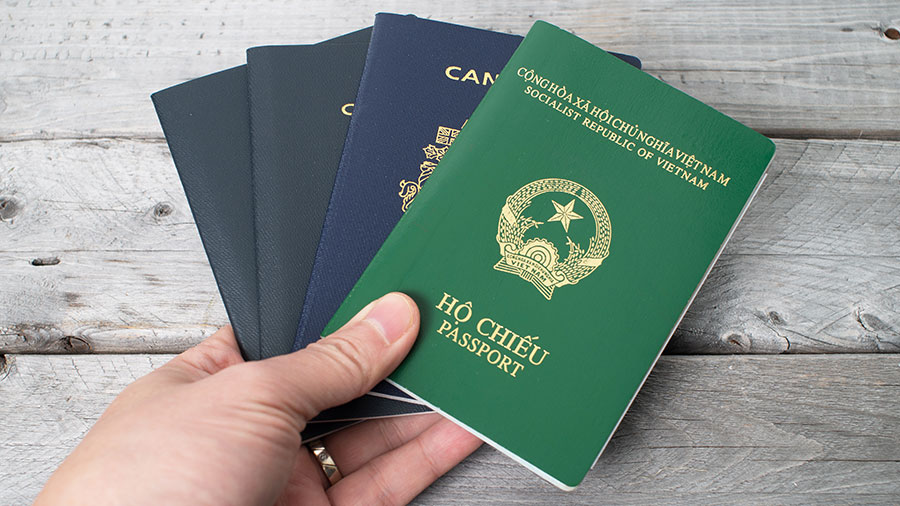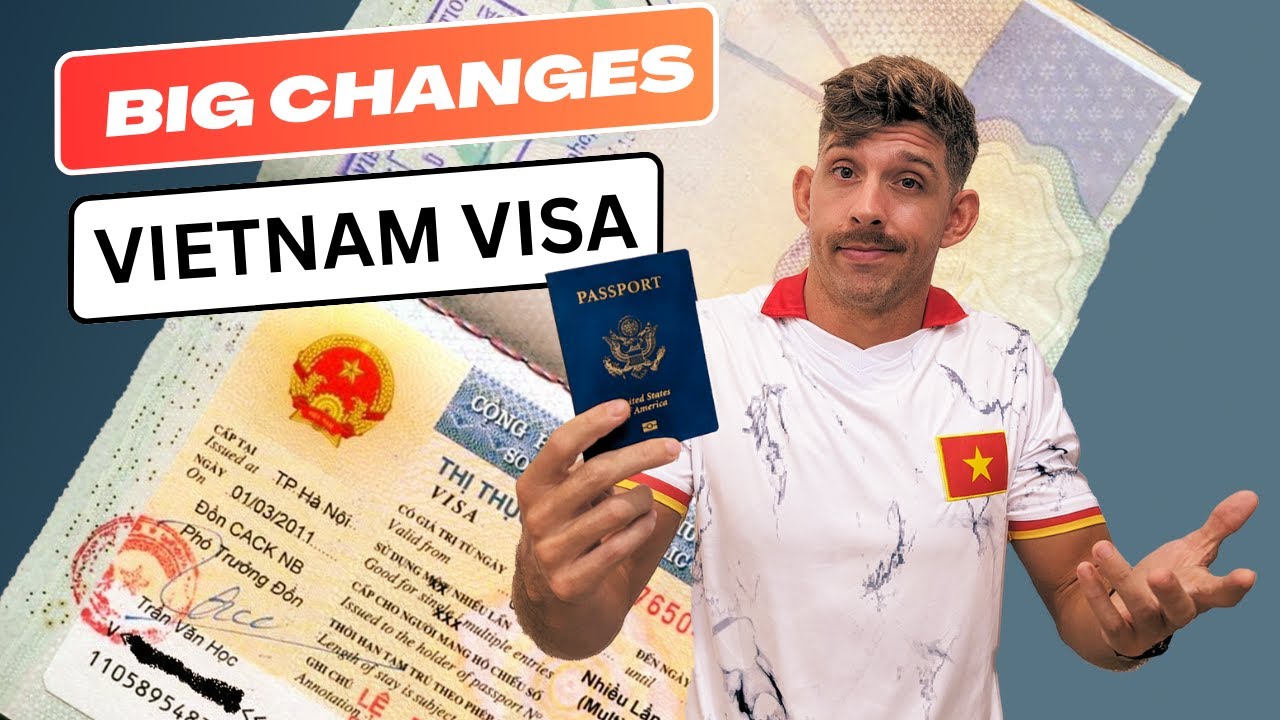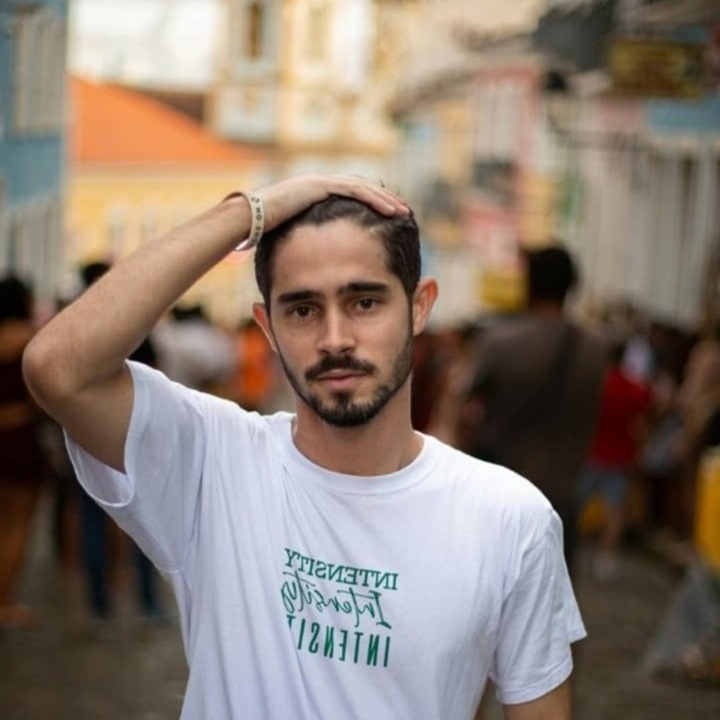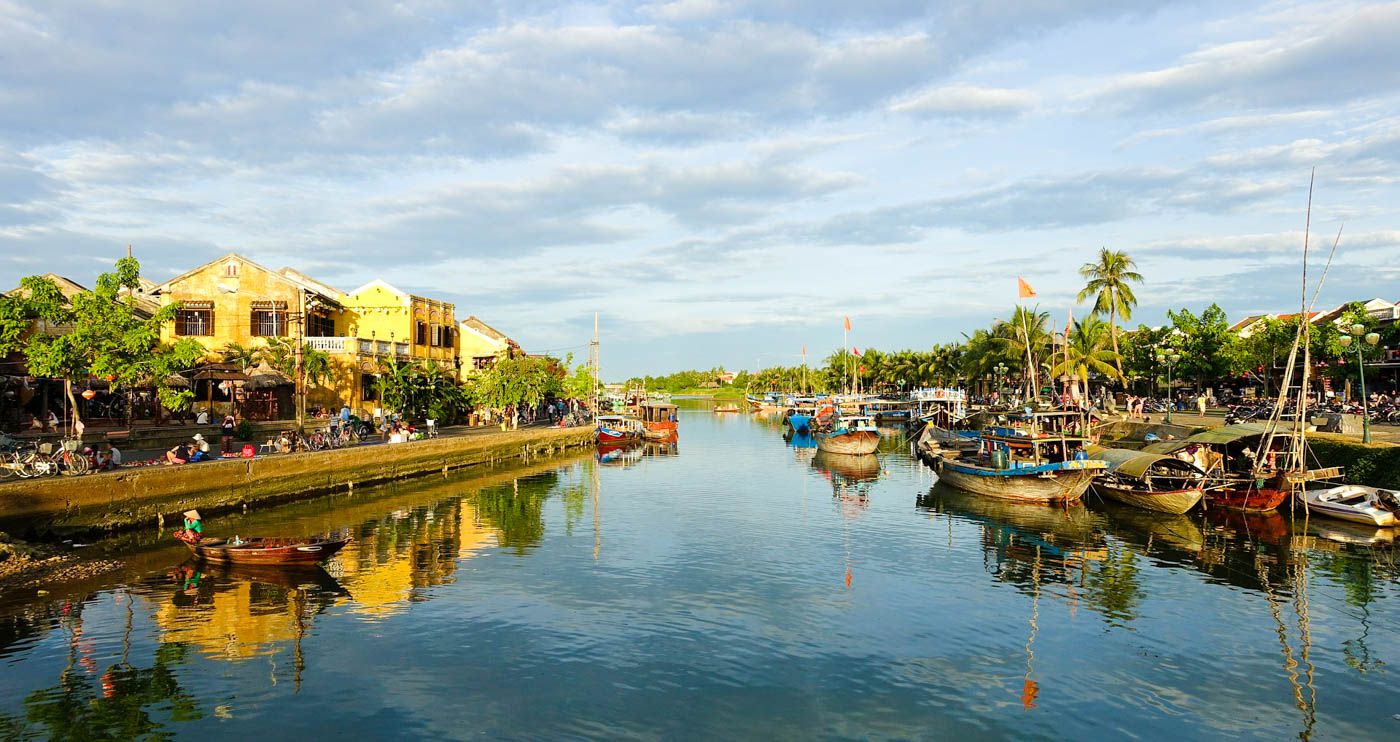Vietnam Visa Made Simple - Requirements, Costs, And Essential Travel Tips
Vietnam attracts visitors with its breathtaking scenery, rich history, and vibrant cities. Navigating visa regulations is critical for successful travel, business, and extended visits.
Author:Finn WildeReviewer:Liam JonesFeb 10, 202532.5K Shares451.6K Views

Vietnam's landscapes, cultural history, and bustling cities attract a large number of visitors. Understanding visa regulations is critical for travel, business, and long-term visits. The process varies according to nationality, duration, and purpose of travel. This guide describes visa policies, fees, safety precautions, language challenges, and prices.
What Is Vietnam Most Known For?
Vietnam is famous for its magnificent scenery, historical sites, and vibrant culture. Ha Long Bay, with its limestone karsts, is a popular site. Cities such as Hanoi and Ho Chi Minh City have bustling markets, colonial architecture, and a dynamic street life.
The country has a strong culinary reputation, with delicacies such as pho, banh mi, and fresh spring rolls earning international popularity. The Cu Chi Tunnels and Hue Imperial City are historical landmarks that represent Vietnam's past.
Sun-seekers are drawn to the pristine beachesof Da Nang, Phu Quoc, and Nha Trang. The Mekong Delta's floating markets and traditional villages showcase Vietnam's rural beauty.
Vietnam Visa Requirements
Visa requirements vary by nationality. Some nations have arrangements in place that allow visa-free entrance for a defined length of time. Citizens of ASEAN countries can visit Vietnam for 14 to 30 days. Japan, South Korea, and some European countries also allow for brief trips.
Visitors from non-exempt countries must get a visa. E-visas, visas on arrival, and visas issued by embassies are all available options. E-visa enables applicants from more than 80 countries to apply online and receive an electronic visa. Before arriving at Vietnamese airports, visa-on-arrival applicants must get a pre-approval letter from a travel agent.
Embassy visas must be obtained in person at a diplomatic mission. Visa policies change. Checking the most recent regulations with official immigration sources or Vietnamese embassies assures compliance before travel.
How Long Does A Vietnam Visa Take?

Vietnam Visa Guide - Online Application Walkthrough 2024
Processing times vary by visa category. Standard e-visas take three to five working days, although express services can decrease this to one or two days for an extra fee. Visa-on-arrival pre-approval letters might take anywhere between a few hours and three days. Embassy visa processing typically takes five to seven business days. Expedited processing may be available for an extra cost.
Vietnam Visa Fees
Fees vary according to visa category, processing time, and application method. An e-visa costs $25 for a single-entry visa valid for 90 days and $50 for multiple entries. Visa on arrival requires two payments. The pre-approval letter charge ranges between $10 and $50, depending on agency fees and processing time.
A stamping cost of $25 for single-entry and $50 for multiple-entry visas is charged upon arrival. Embassy visa fees vary based on nationality, visa term, and number of entries. Costs range between $40 and $150.
Contacting the Vietnamese embassyyields exact prices, processing timeframes vary. Standard e-visas take three to five working days, although express services can decrease this to one or two days for an extra fee. Visa-on-arrival pre-approval letters might take anywhere between a few hours and three days. Embassy visa processing typically takes five to seven business days.
Travel Safety In Vietnam
Vietnam is a safe travel destination with low crime rates and political stability. Pickpocketing and scams happen in tourist locations, although serious crime against travelers is unusual. Staying attentive to your surroundings, safeguarding your valuables, and utilizing registered transportation providers all help to lessen danger.
Health standards differ. Drinking bottled water and eating at recognized restaurants can help prevent foodborne diseases. Major cities have adequate healthcare facilities; however, rural areas have minimal medical services.
From June to November, Vietnam sees typhoons and significant rainfall. Monitoring weather updates ensures better planning. Strict drug laws apply. Penalties are harsh. Respecting local laws and cultural norms improves your vacation experience.
Language Barriers In Vietnam
English is widely spoken in tourist regions including Hanoi, Ho Chi Minh City, and Da Nang. Hotel staff, tour guides, and employees at prominent restaurants and shops frequently communicate in English. Many urban youth comprehend rudimentary English as a result of their schooling.
Smaller towns and rural areas have lesser English proficiency. Learning the simple Vietnamese language or using translation apps improves communication. English is used on signs in airports, important tourist attractions, and hotels. In markets and local companies, patience and nonverbal communication strengthen interactions.
Travel Costs In Vietnam
Vietnam remains an economical destination. Living and travel expenditures are lower than in Western countries and neighboring countries such as Thailand and Malaysia. The cost of travel varies depending on the mode of transport. Budget hostels charge $5 to $15 a night, while luxury hotels cost more than $100.
Mid-range hotels often cost between $30 and $60 a night. Street food meals cost $1 to $3, and mid-range restaurant eating costs $5 to $15 per meal. Transportation is inexpensive; public buses and local transport start at less than a dollar.
Taxis and ride-hailing services such as Grabprovide economical city transportation. Domestic flights offer affordable long-distance travel within Vietnam. Tourist attractions have reasonable prices. The entrance prices for historical sites, museums, and nature reserves range from $1 to $10.
Guided tours, boat rides, and excursions provide good value for money; shopping offers good prices, particularly on souvenirs, handicrafts, and apparel. Bargaining is widespread at markets and small stores.
International brands and luxury goods in big cities are priced similarly to other worldwide marketplaces. Vietnam welcomes both budget-conscious and high-end travelers. Planning spending based on personal preferences provides a pleasant journey.
How To Check A Vietnam Visa's Legitimacy
Check official government sources to ensure the authenticity of your Vietnam visa. Travelers can validate e-visas on the Vietnam Immigration Department's website by entering their registration number. For visas on arrival, make sure the pre-approval letter is from a trustworthy source and double-check the information.
Before passports are stamped, immigration authorities will verify visas. Embassy-issued visas should reflect the information submitted throughout the application process. Avoid unofficial agents that offer visas outside of authorized channels.
Best Month To Visit
VietnamVietnam's climate varies by region. The best time to visit is between March and April, or September and November. These months have milder temperatures, reduced humidity, and less rain. The north has cool, dry weather, and the south enjoys nice temperature without extreme heat or rain. The coastal sections remain comfortable, making them suitable for sightseeing, hiking, and beach sports.
Read Also: Vietnam Map Guide
FAQs
What Are The Best Places To Visit In Vietnam?
Vietnam has many must-visit destinations, including Hanoi, Ho Chi Minh City, Ha Long Bay, Hoi An, and the Mekong Delta.
What Is Vietnam’s Currency, And Can I Use US Dollars?
Vietnam’s official currency is the Vietnamese Dong (VND), but US dollars are accepted in some tourist areas and hotels.
What Is The Traditional Food In Vietnam?
Pho, banh mi, fresh spring rolls, and bun cha are some of the most famous traditional Vietnamese dishes.
Do I Need Vaccinations Before Traveling To Vietnam?
Recommended vaccinations include hepatitis A and B, typhoid, and tetanus. Travelers should check with their doctor for personalized health advice.
Conclusion
Understanding Vietnam's visa procedures helps you avoid travel obstacles. Some nationalities are eligible for visa-free entrance, but others must apply for an e-visa, visa on arrival, or embassy visa. An understanding of safety precautions, linguistic difficulties, and travel costs promotes a smooth stay.
You Might Also Like: Ireland Map

Finn Wilde
Author
For Finn Wilde, the wilderness is more than just a destination - it’s a way of life. Over the past decade, he has led multiple expeditions in some of the world’s most remote regions, from the icy fjords of Greenland to the rugged trails of Patagonia.
Finn emphasizes sustainability in all of his adventures, helping participants connect with nature while promoting responsible exploration. His expeditions inspire individuals to explore the great outdoors while fostering a deep respect for the environment.

Liam Jones
Reviewer
Liam Jones has made it his mission to prove that adventure doesn’t need a hefty budget. Having traveled to over 40 countries, he specializes in finding affordable ways to experience the world, from the best street food in Bangkok to hidden gems in Lisbon.
Liam’s travel tips have reached thousands of readers, empowering them to see the world on a shoestring budget without sacrificing quality. With a deep passion for local cultures, he continues to share his travel hacks, ensuring adventure remains accessible to all.
Latest Articles
Popular Articles
